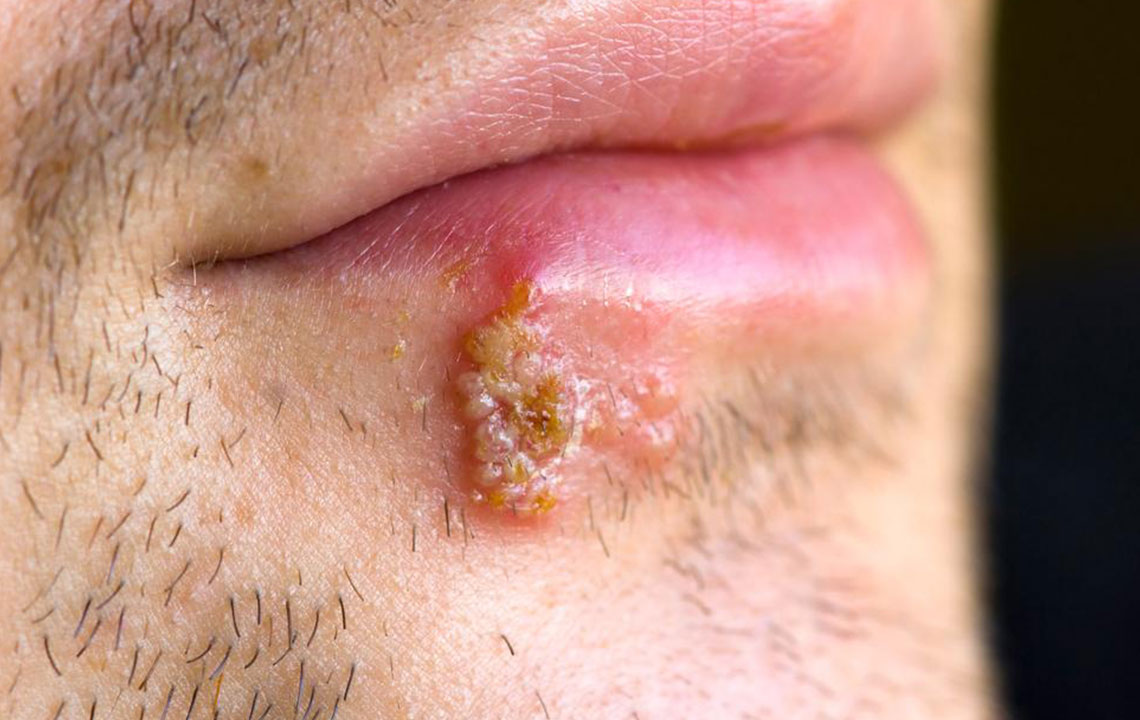Comprehensive Guide to Herpes: Causes, Types, and Transmission
This comprehensive guide explores herpes, detailing its causes, common types, and modes of transmission. It explains how HSV-1 and HSV-2 spread through contact and highlights the importance of understanding related viruses. The article emphasizes that herpes infections are widespread and manageable, clarifying misconceptions and providing useful health insights.

Understanding Herpes: Causes, Types, and How It Spreads
What is Herpes?
Herpes refers to infections caused by the contagious Herpes Simplex Virus (HSV). This virus belongs to a family with eight known types, with HSV-1 and HSV-2 being the most prevalent. HSV-1 typically causes cold sores or oral herpes, while HSV-2 mainly results in genital herpes. Both strains are highly contagious and can easily transfer from person to person.
How does Herpes spread?
WHO estimates indicate that about 67% of the global population carries HSV-1. The virus spreads through skin contact, especially during active outbreaks, and can transmit via sharing personal items like towels, razors, or utensils. HSV-2 is primarily transmitted through sexual contact and tends to affect genital areas, although it can also infect facial regions.
Is having Herpes common?
Health professionals agree that acquiring Herpes is not abnormal; it’s as common as Chickenpox. If there are no symptoms, no treatment is required. However, symptomatic infections should be managed appropriately.
Other Herpesvirus Types
Beyond HSV 1 and HSV 2, there are six additional types capable of causing infections.
HHV-3 causes Varicella (chickenpox) and can lead to shingles (Herpes Zoster), affecting skin and nerve cells, resulting in sores that may last weeks and cause discomfort.
HHV-4, or Epstein-Barr Virus (EBV), causes Mononucleosis or "Kissing Disease," spreading via saliva, with possible transmission through coughing or sharing items.
HHV-5 is linked to Cytomegalovirus infections, which can be transmitted from mother to child, blood transfusions, or organ transplants, potentially causing hepatitis or immune suppression.
HHV-6 and HHV-7 are associated with Roseola, leading to rashes and high fever.
HHV-8 is connected to certain cancers like lymphoma and tumors.










